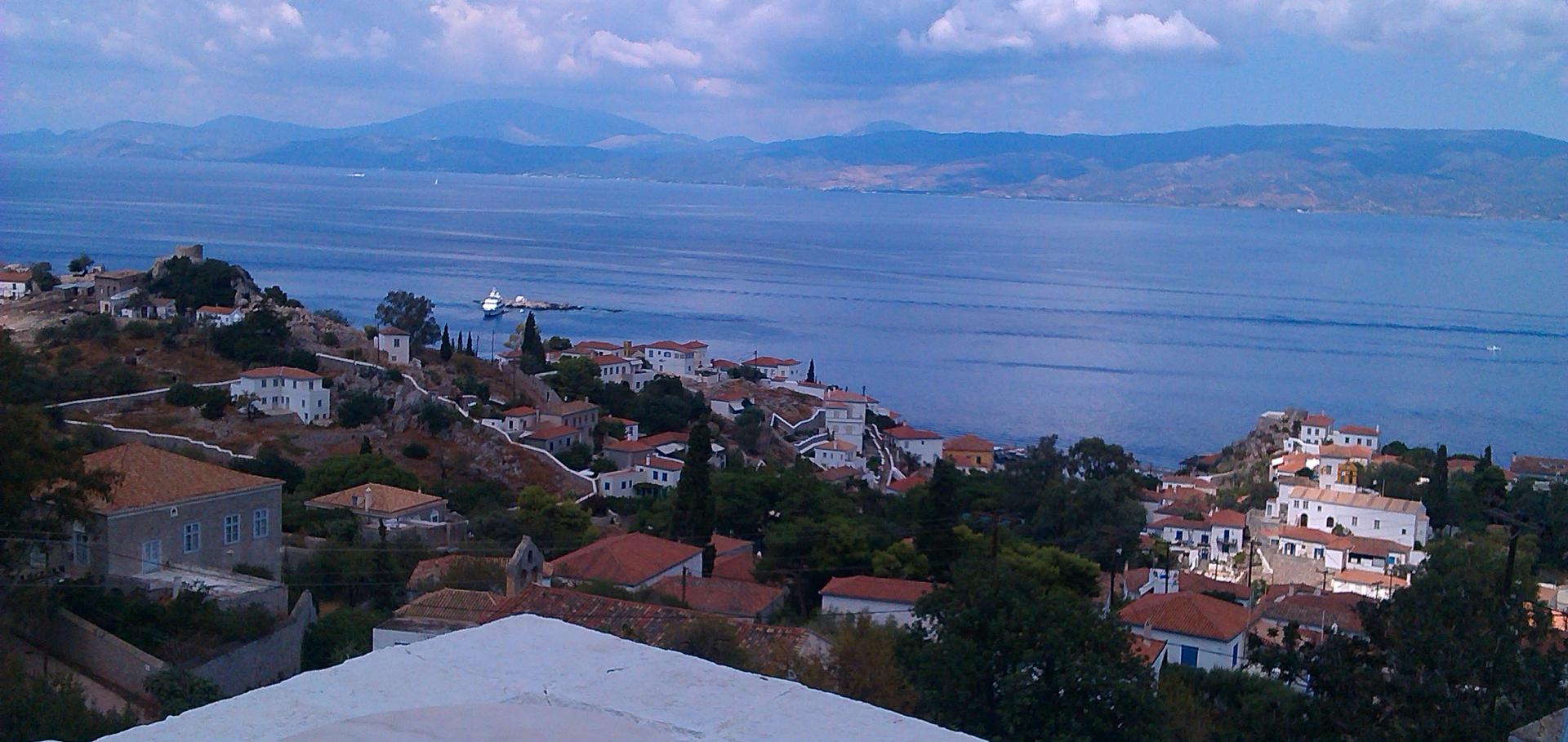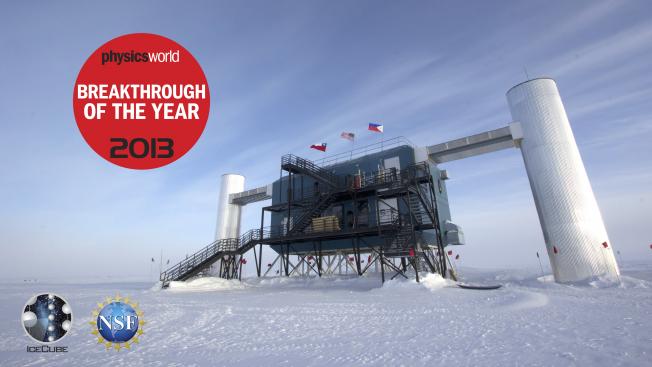Search for high-energy muon neutrinos from the "naked-eye" grb080319b with the icecube neutrino telescope
Astrophysical Journal 701:2 (2009) 1721-1731
Abstract:
We report on a search with the IceCube detector for high-energy muon neutrinos from GRB080319B, one of the brightest gamma-ray bursts (GRBs) ever observed. The fireball model predicts that a mean of 0.1 events should be detected by IceCube for a bulk Lorentz boost of the jet of 300. In both the direct on-time window of 66s and an extended window of about 300s around the GRB, no excess was found above background. The 90% CL upper limit on the number of track-like events from the GRB is 2.7, corresponding to a muon neutrino fluence limit of 9.5 × 10-3 erg cm-2 in the energy range between 120 TeV and 2.2 PeV, which contains 90% of the expected events. © 2009 The American Astronomical Society. All rights reserved.Implications of cosmic ray results for UHE neutrinos
ArXiv 0811.0375 (2008)
Abstract:
Recent measurements of the spectrum and composition of ultrahigh energy cosmic rays suggest that their extragalactic sources may be accelerating heavy nuclei in addition to protons. This can suppress the cosmogenic neutrino flux relative to the usual expectation for an all-proton composition. Cosmic neutrino detectors may therefore need to be even larger than currently planned but conversely they will also be able to provide valuable information concerning astrophysical accelerators. Moreover measurement of ultrahigh energy cosmic neutrino interactions can provide an unique probe of QCD dynamics at high parton density.Review of particle physics
667:1-5 (2008) 1-+



